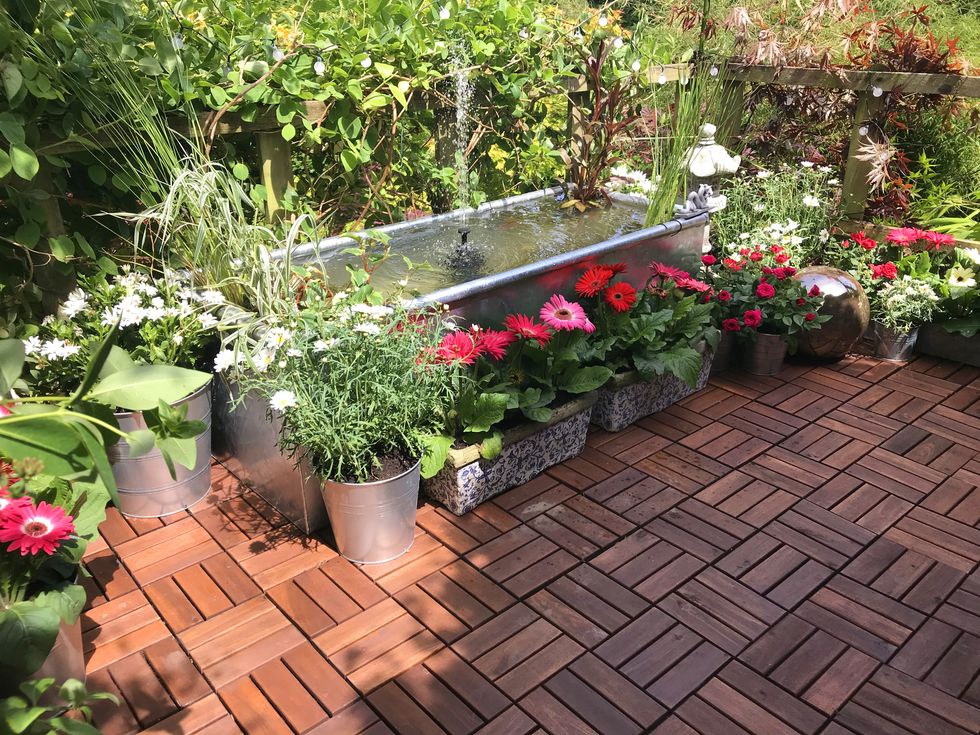
Introduction
Creating a nature-friendly garden not only adds beauty to your outdoor space but also provides a welcoming habitat for wildlife. By incorporating specific decor elements and making thoughtful choices, you can attract a variety of fascinating creatures to your garden. In this article, we will explore ways to attract wildlife through decor and design, combining the beauty of nature with the convenience of modern technology. From birdhouses and feeders to water features and native plants, these ideas will help you create a haven for wildlife in your own backyard.
I. Creating Bird-Friendly Spaces: Welcoming Our Feathered Friends
A. Birdhouses: Inviting Nesting and Shelter
Install birdhouses of different shapes and sizes to provide nesting opportunities for birds. Place them in various locations throughout your garden, ensuring they are sheltered from predators and have easy access for birds to enter and exit. Different bird species prefer different types of houses, so research which species are common in your area and cater to their needs.
B. Bird Feeders: A Feast for the Birds
Set up bird feeders to attract a wide range of bird species. Choose feeders designed for specific types of birds and fill them with appropriate birdseed or nectar. This will entice birds to visit your garden regularly, providing you with the joy of observing their colorful plumage and cheerful songs. As the renowned naturalist John Muir once said, “When we try to pick out anything by itself, we find it hitched to everything else in the universe.” By attracting birds, you create a harmonious connection with the natural world.
II. Water Features: Refreshing Oasis for Wildlife
A. Ponds and Water Gardens: Aquatic Delights
If space allows, consider installing a pond or water garden in your backyard. These water features provide a source of hydration for wildlife, attracting birds, frogs, and even dragonflies. Include aquatic plants such as water lilies and water hyacinths to enhance the beauty of the water feature and provide hiding places for small creatures.
B. Birdbaths: Quenching Thirst in Style
Birdbaths are an easy and cost-effective way to provide water for birds. Place a shallow birdbath in a visible and accessible location, ensuring it has a gradual slope for birds to approach and exit safely. Clean and refill the birdbath regularly to maintain its freshness and appeal to a variety of avian visitors.
III. Native Plants: Food and Shelter for Wildlife
A. Selecting Native Plants: A Natural Buffet
Choose native plants that are well-suited to your region’s climate and soil conditions. Native plants provide a vital source of food and shelter for local wildlife. Research which plants attract specific species, such as milkweed for monarch butterflies or coneflowers for bees and butterflies. By creating a diverse ecosystem of native plants, you will attract a wide array of wildlife to your garden.
B. Butterfly Gardens: Nurturing Fluttering Beauties
Create a butterfly garden by incorporating nectar-rich flowers and host plants that caterpillars feed on. Butterflies are not only beautiful to observe but also important pollinators. By providing the right habitat, you can attract various butterfly species, adding vibrancy and grace to your garden.
IV. Technology and Wildlife Interaction: A Modern Twist
A. Wildlife Cameras: Capturing Nature’s Footage
Install wildlife cameras in strategic locations to capture fascinating footage of visiting animals. These cameras use motion sensors to record wildlife activity, allowing you to observe and appreciate the animals that frequent your garden even when you’re not outside. It’s a thrilling way to gain insight into the daily lives of the creatures you’ve attracted.
B. Smart Garden Gadgets: Balancing Convenience and Sustainability
Incorporate smart garden gadgets that enhance wildlife interactions while maintaining sustainability. For example, use smart sprinkler systems that adjust watering schedules based on weather conditions to conserve water and minimize disruption to wildlife. By utilizing technology responsibly, you can create a harmonious coexistence between your garden and the creatures that inhabit it.
Conclusion
By incorporating wildlife-friendly decor and design elements, you can transform your garden into a haven for fascinating creatures. As the famous naturalist David Attenborough once said, “No one will protect what they don’t care about; and no one will care about what they have never experienced.” Attracting wildlife to your garden not only brings joy and beauty but also fosters a deeper connection with nature. With the right choices and a little effort, you can create a nature-friendly garden that provides food, shelter, and respite for a variety of wildlife species.










